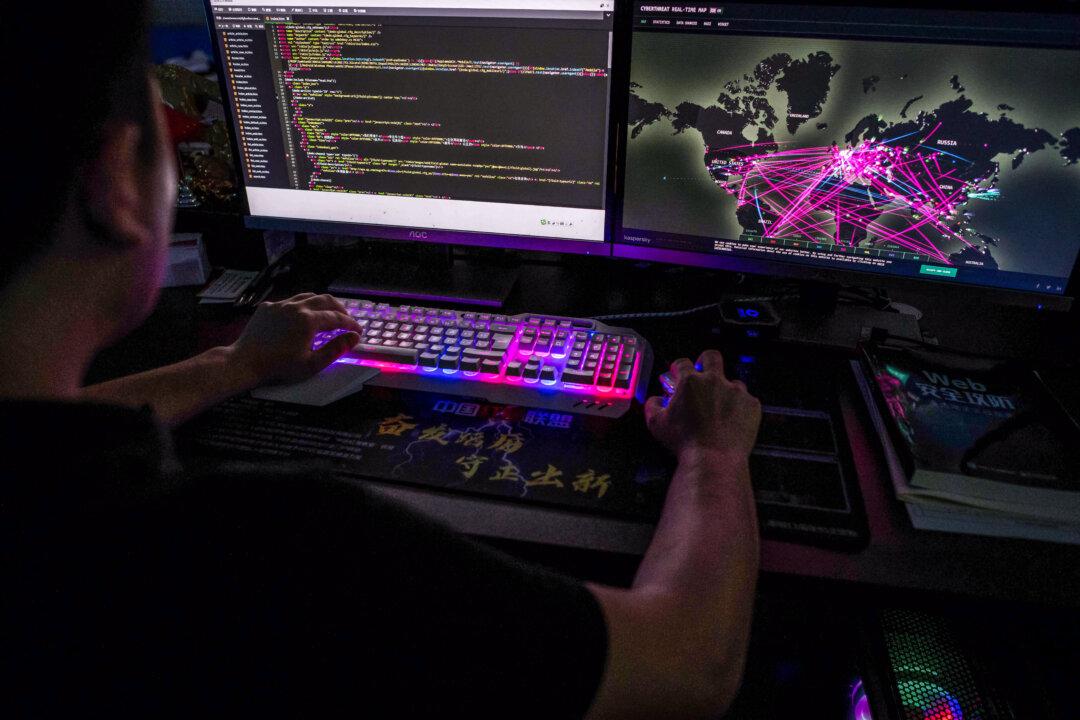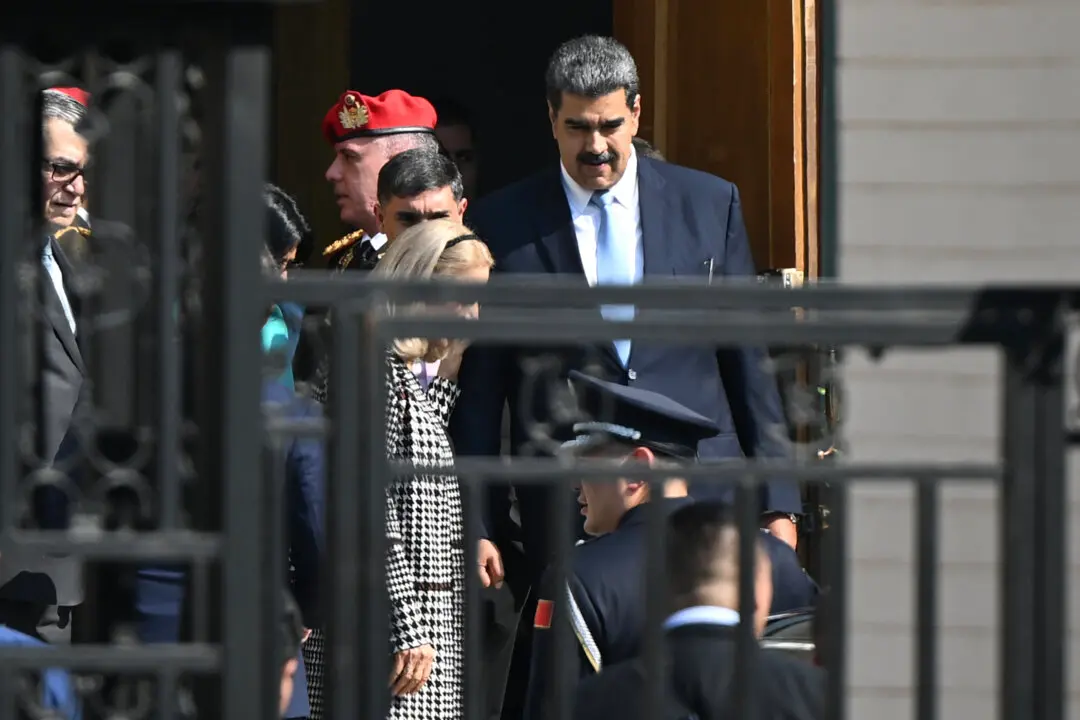News Analysis
According to the Hoover Institution, Beijing has been conducting an ongoing propaganda campaign in the United States for some time. This campaign has been focused on undermining U.S. confidence and policies, while exploiting the freedom of speech and the current wave of Americans’ self-criticism.





